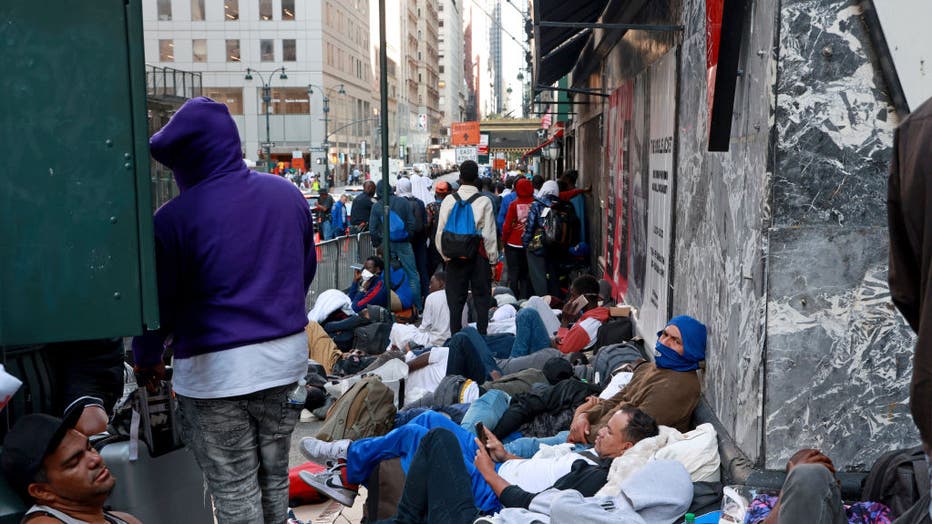As of Monday, approximately 3,600 migrants across 20 shelters in New York City are subject to new curfew regulations. Under these rules, migrants are restricted from leaving or entering shelters between the hours of 11 p.m. and 6 a.m. This measure, while enforced at larger migrant shelters and common in many homeless shelters, is now extended to smaller, HPD-run sites, predominantly comprised of small hotels.

What is the Rationale Behind the Curfew?
The specific selection of shelters for the curfew remains unclear, though it is speculated to be influenced by factors such as the volume of occupants. The targeted shelters, mainly small hotels, are subject to this policy shift. City Hall justifies the implementation of the curfew as essential for safeguarding the health and safety of migrants under the city’s care and for the well-being of New Yorkers in surrounding communities. The statement from City Hall emphasizes that the curfew aims to facilitate more efficient capacity management for migrants.
How are People Reacting to It?
Despite concerns surrounding the new curfew, migrants impacted by the policy express acceptance provided that individuals with work obligations can still move freely after 11 p.m. Many migrants, particularly those with young children, note that they are usually asleep by 11 p.m. if not working, thereby feeling minimally affected by the curfew. Additionally, interviews with neighbors of migrant shelters in areas like Hell’s Kitchen reveal a mix of opinions. While some express concerns about potential disturbances due to nightlife activities in the vicinity of migrant shelters, others welcome the migrants, citing the rich immigrant fabric of the nation and the positive contributions migrants make to society.
Community Perspectives and Reflections
Residents near migrant shelters voice varying perspectives on the presence of migrants in their neighborhoods. Concerns about the safety of migrants in areas with active nightlife scenes prompt reflections on the compatibility of different community dynamics. Some residents express solidarity with migrants, viewing their presence as an integral part of the nation’s fabric and emphasizing the importance of acceptance and inclusivity.

With over 200 emergency shelters housing migrants across New York City, the implementation of curfew rules underscores ongoing efforts to manage the welfare and integration of migrants within the urban landscape. As discussions continue around the impact of such policies on migrant communities and their interactions with surrounding neighborhoods, the broader dialogue on immigration and social cohesion remains ever-pertinent.